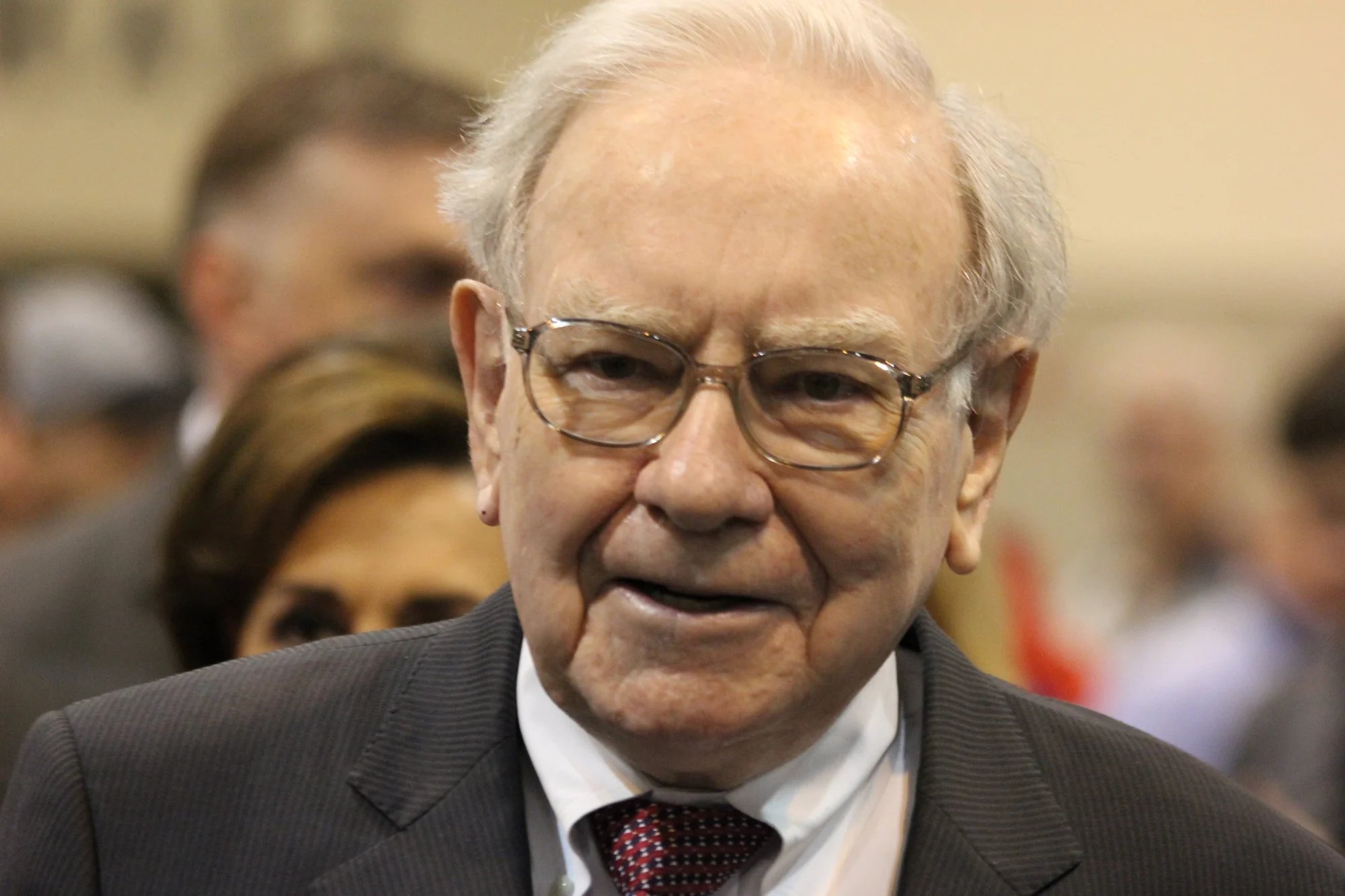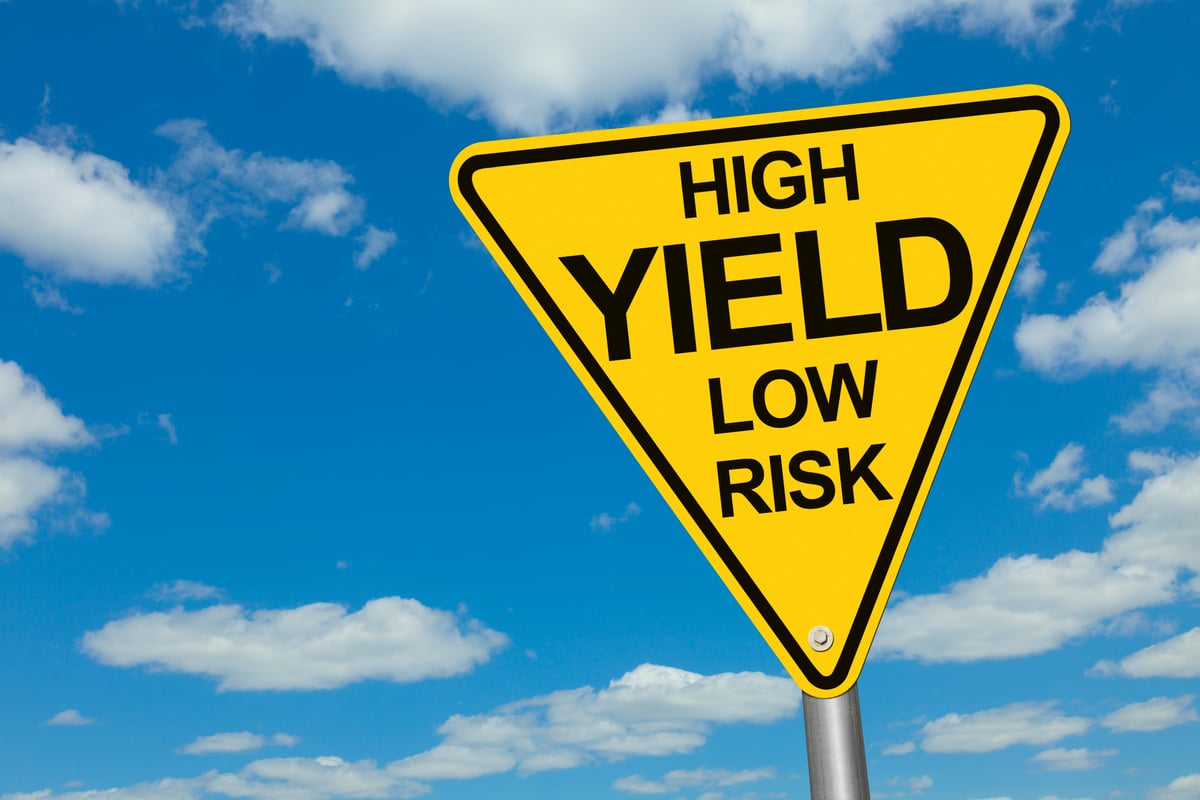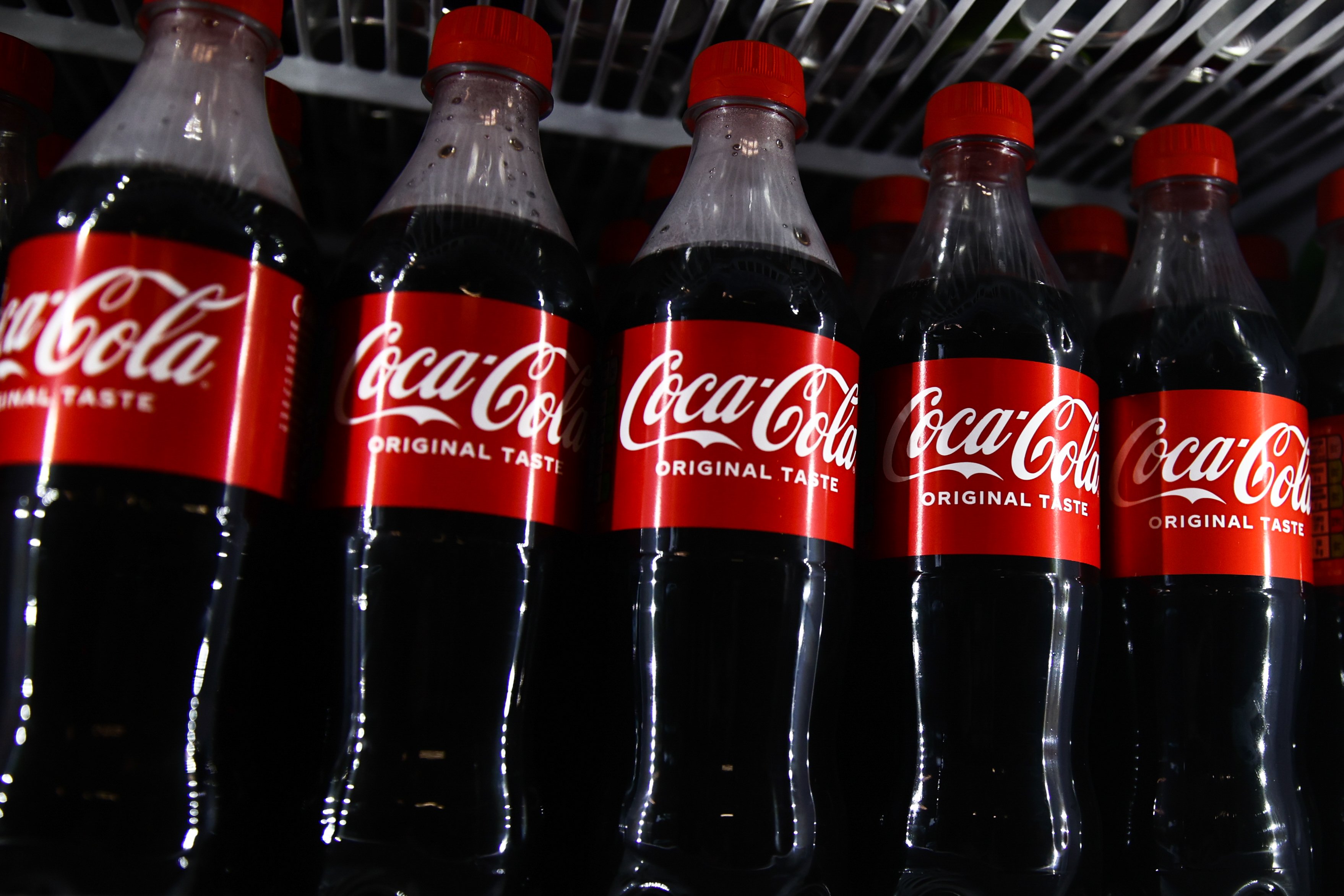A couple of weeks ago, I made a case that shares of Coca-Cola (KO +2.38%) were overvalued based on its own historical valuations, as well as when it's compared to the S&P 500 and industry valuations. I'm back today to look at two moves with good potential the company is making.
Currently, the company is suffering from stagnant revenue and net income growth. Although earnings per share are climbing, the first two points are still troubling. Why are sales flat?
For starters, soda volumes in North America continue to drop, as a secular change appears to be taking hold where consumers are shifting away from sugar-loaded and diet sodas. Which is exactly why Coca-Cola needed to make the investments it did in Keurig Green Mountain (GMCR +0.00%) and Monster Beverage (MNST +1.12%), to get moving back toward growth.
A deeper look at the deals
In February, Coca-Cola announced a $1.25 billion deal that would have it take a 10% stake in Keurig Green Mountain. It then upped that stake to 16% a few months later. Fellow Fool Dan Caplinger suggests that some market participants believe Coca-Cola will eventually take over Keurig Green Mountain, which can partially explain why the stock has skyrocketed 87% in 2014.
As Dan wrote in his piece:
Investors have speculated that Coca-Cola expects the new Keurig Cold system to represent a major potential new distribution model for the beverage giant -- the hope being that by venturing into the home-serve carbonated-beverage market, Coca-Cola can defend its overall market share and avoid losing business to SodaStream and other companies offering alternative cold-beverage options.
The Keurig Cold system is expected to launch sometime next year.
But Coca-Cola didn't stop there. In August, the company announced that it would take a 16.7% stake in Monster Beverage, with the deal including a cash payment of $2.15 billion.
This is Coca-Cola's way of building its presence in the energy drink business with a well-known brand. As part of the deal, Coca-Cola will transfer its energy drinks to Monster, and Monster will transfer its non-energy drinks to Coca-Cola. If Monster does well in non-domestic markets with the help of Coca-Cola, the latter has the distribution channels and scalability to move Monster products all around the world in rapid fashion.
The deal, which could result in increasing Coca-Cola's stake to 25% over the next four years, will make Coca-Cola the main distribution partner for Monster. Likewise, Monster will become Coca-Cola's "exclusive energy play."
Another advantage to Coca-Cola's recent deal, is that Monster is one of the few pure plays in the energy drink industry. Red Bull, another popular energy drink brand, is not a public company and not publicly for sale. This could make it hard for competitors like PepsiCo (PEP +0.93%) to go big in the energy drink industry.
So why does Coca-Cola need these investments?
It's no secret that the U.S. consumer has started to become more health-conscious. It's also not a secret that soda does not fit in with this healthy-eating trend. A great image from Kraft's 8-K filing captures this very idea:

Source: Kraft's 8-K filing
Notice how coffee and water are in the prospering section on the left, while juices and especially soft drinks are getting decimated in the floundering section on the right. This illustrates just how important it is for Coca-Cola to continue diversifying away from its flagship product.
This need to diversify Coca-Cola's business is emphasized even more when investors take a peek at the company's sales and net income, which have remained essentially flat since 2011.
KO Revenue (TTM) data by YCharts
The final thoughts
OK, so it's not as if a can of Coke will rarely be seen in a U.S. shopping cart going forward. It's still one the most well-recognized brands in the entire world and a product that won't disappear overnight, or probably ever, for that matter.
But it's not the only drink in town. Consumers can make their own soda at home, or may opt for an energy drink instead -- an industry that is booming. A Bloomberg article forecast that Monster's sales will grow 53% through 2017, another plus for Coca-Cola.
In regards to Kuerig Green Mountain, Coca-Cola will get exposure to the single-serve coffee market, which some analysts say nearly quadrupled its dollar share of the coffee market over the past three years, from 8% to 30%.
Following eight straight years of soda consumption decline in the U.S., Coca-Cola is making the necessary moves to diversify its beverage portfolio. Monster and Keurig Green Mountain are two solid stepping-stones for doing so.
Each company's respective industry is growing quite quickly and if Coca-Cola didn't act fast, it probably wouldn't have been long before someone else -- like PepsiCo or Dr. Pepper Snapple -- would have.
If the investments are successful, Coca-Cola should see boosts in revenue and net income and possibly larger stakes in both companies.









